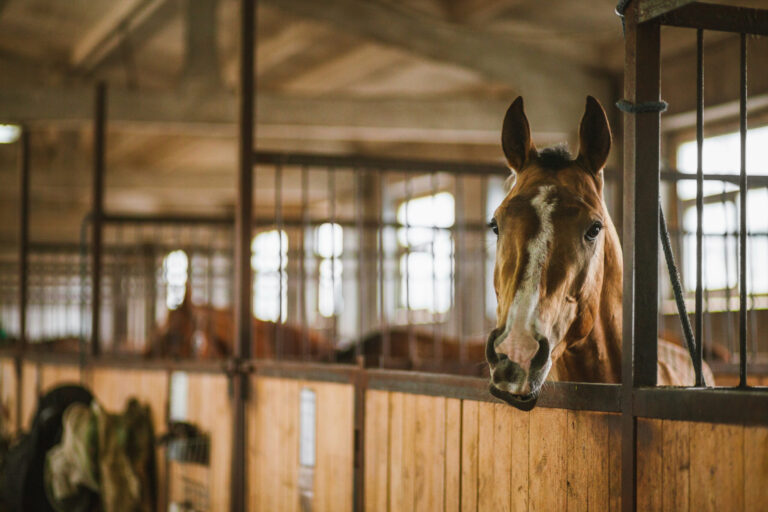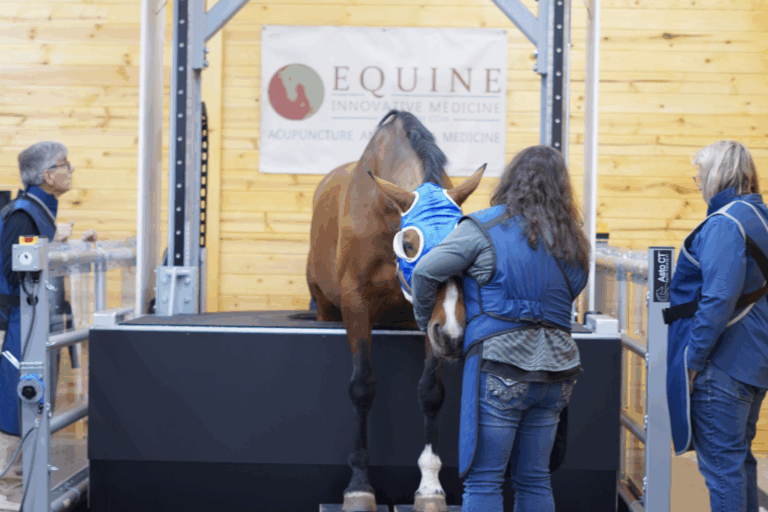
It is not unusual for clients to query as to when it is safe to return a horse back to work following respiratory illness. It helps to have some solid evidence-based data to press the case that rest is important to allow the lungs to heal. The AAEP website offers a collection of articles with good information on many topics that are useful to convey to clients. One article by Gabriele Landolt, DVM, DACVIM, provides insight into practical reasons for giving horses sufficient time to recover from respiratory disease, especially following influenza.
Landolt reported about the positive and negative effects of exercise on immune function and disease susceptibility. Low to moderate exercise can be beneficial whereas high-intensity exercise might have a counter-effect by suppressing immune responses and increasing susceptibility to disease.
One study compared two groups of horses infected with influenza—one group was exercised on a treadmill five days a week following infection while the other group rested in stalls [Gross, D.K.; Hinchcliff, K.W.; French, P.S.; Goclan, S.A.; Lahmers, K.K.; Lauderdale, M.; Ellis, J.A.; Haines, D.M.; Slemons, R.D.; and Morley, P.S. Effect of moderate exercise on the severity of clinical signs associated with influenza virus infection in horses. Equine Veterinary Journal 30:489-497].
The study revealed that worse symptoms develop in the exercised horses. Not only that, but the exercised individuals lost more weight and fatigued more quickly, with delayed recovery following exercise. The good news in the report was that the duration of the disease and duration of virus shedding is not affected by exercise.
In summary, it is believed that low-to-moderate exercise of a horse experiencing influenza is not likely to have detrimental effects nor is it likely to modify the duration of illness. High-intensity exercise is to be avoided as it interferes with healing.
The best recommendation is that horses experiencing influenza or other respiratory crises do well with rest. It takes at least three weeks for healing of the respiratory epithelium and the mucociliary apparatus.
If an owner chooses to walk or trot a horse on a lunge line, then the exercise should be stopped if any signs of distress are noticed, said Landolt. In all cases, consultation with a veterinarian enables guidelines to be tailored for the specific horse and the specific circumstances of that horse’s illness.




